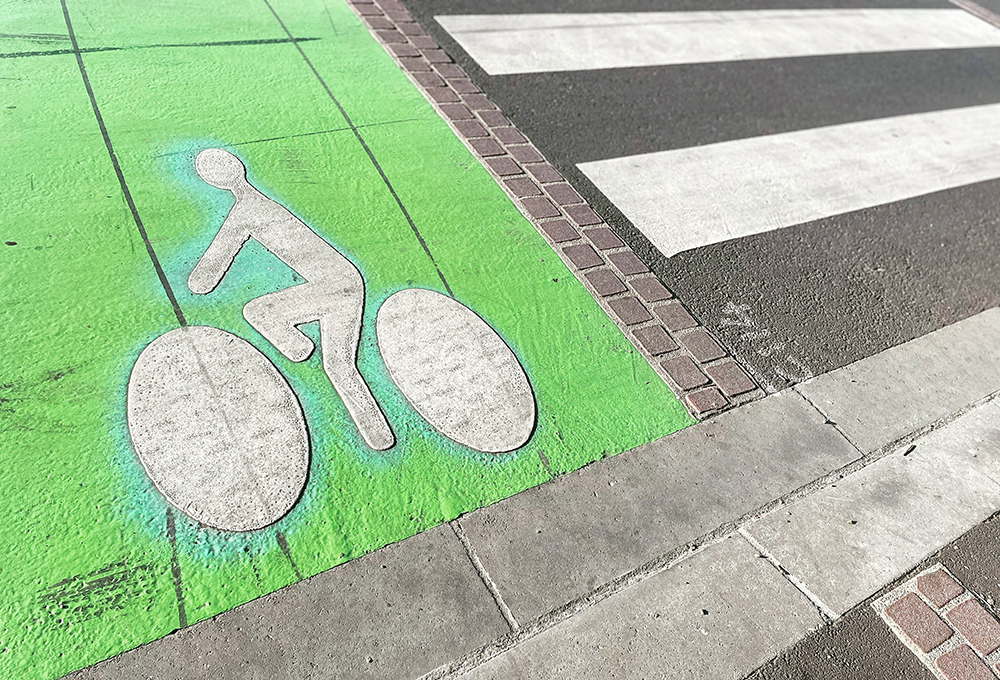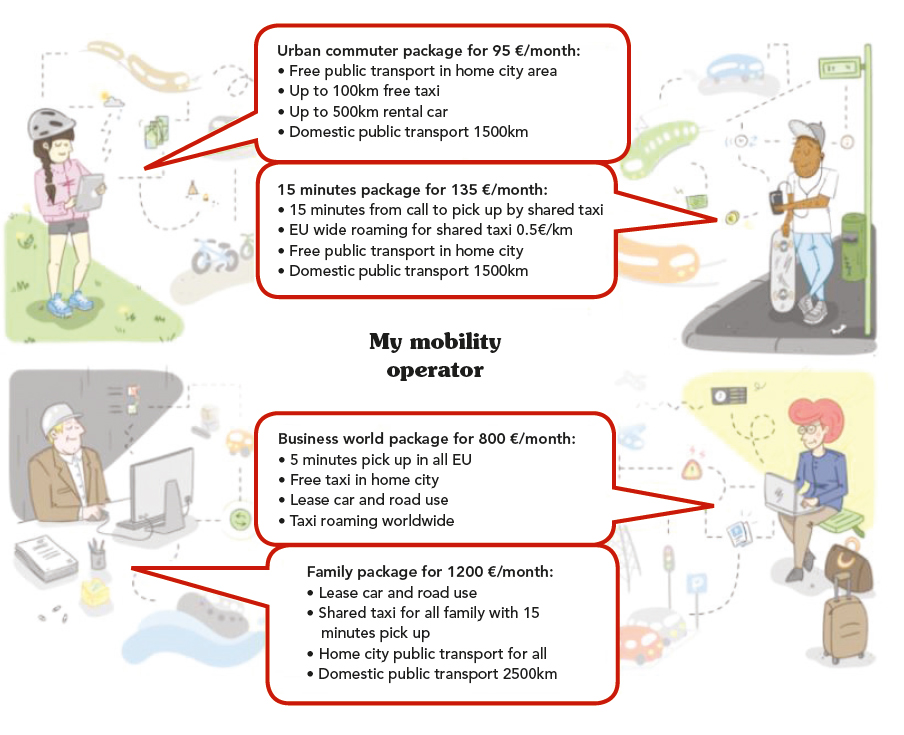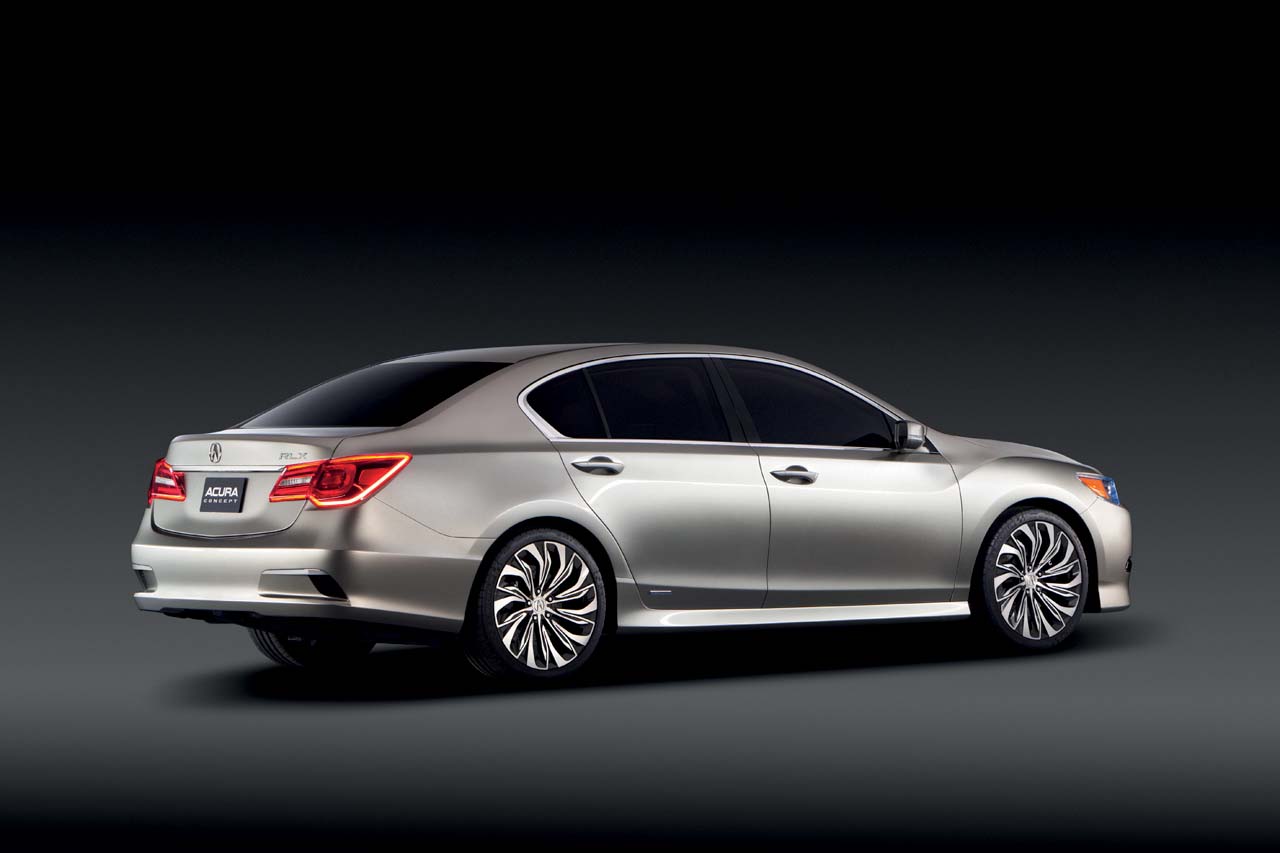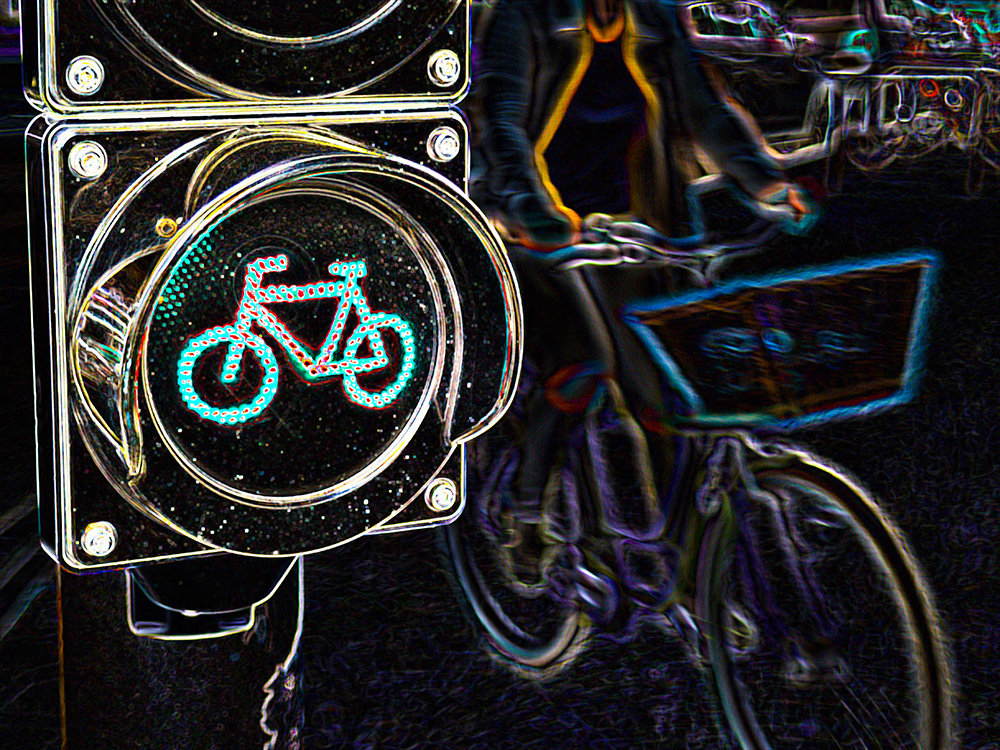
Cycling offers health, air quality and road space/parking benefits, promoting governments and the EU to look at tax and technology initiatives. David Crawford reports.
One way to improve urban air quality is to make green alternatives to car use financially attractive. Incentivising employees to switch their travel-to-work mode to using their own bikes could increase cycling’s modal share of commuting travel by 50%, a recent French research project suggests.
The country’s government already subsidises public transport use and wanted to test the feasibility of extending the system, on the basis of employers offering to pay tax-free reimbursements.
The potential demonstrated by the project would meet France’ long-term aim of increasing bike use for commuting from its current 2.4% of all trips, totalling some 800 million km of journeys a year over an average distance of 3.5km, to 3.6%. At the same time, the need for some form of smart monitoring to deliver the necessary accountability will open up new markets for existing or adapted technology products.
In June 2014, the French Coordination Interministérielle pour le Développement de l’Usage du Vélo (Crossdepartmental Action for Cycling Development) teamed up with the Agence de l’Environnement et de la Maîtrise de l’Énergie (
Signed-up employees of 19 voluntary organisations could earn themselves €0.25 cents (US$0.275 cents) per km travelled. Participants came from across the country.
Overall, the results show that the number of cyclists doubled. New converts cycled less regularly than established riders, but over longer distances; while one third of the recruits also made greater use of their bikes for non work-related trips.
In the Ile-de-France (Greater Paris Region), where public transport is abundant, the take up was less pronounced.
In less well-serviced areas, the scheme was clearly effective.
A central feature of the trial was that participants had to choose between the new indemnité and the already available reimbursement of part of public transport season ticket costs. Aggregation was only allowed for dual-mode journeys, for example, with employees riding their bikes to, and leaving them at, a commuter rail or metro station and travelling on by public transport. A number chose this option.
During the pilot, employees received their indemnité payments on the basis of personal declarations. None of the participating organisations reported any fraud or introduced any checks; though an ADEME spokesperson told ITS International that automatic declaration would be “possible in future”.
The concept had met with resistance from the French Finance Ministry, although car commuters can claim travel expenses against their income tax. But, as this issue of ITS International went to press, the French Government’s Energy Transition Bill, which includes provision for the indemnité, was due to have a second, and final, reading in the Senate (Upper House). The National Assembly (Lower House) had just passed it at the second reading.
France is a recent recruit to the list of European states giving financial incentives for cycling to work, which can also include tax breaks for acquiring bikes. Among others are Belgium, Sweden, The Netherlands and the UK.
As schemes become more widespread, governments and employers alike will be looking for acceptable methods of trip verification. With bikesharing, as with conventional public transport, smart payment system account holders can access journey details online and print these off as evidence.
Roger Geffen, of the UK Cyclists’ Touring Club, points out that many employees find it “more hassle than it’s worth” to fill out paperwork for their existing entitlements. From both standpoints, therefore, technology-based authentication has clear attractions.
ITS International asked some industry figures for their ideas. An inexpensive smartphone app will enable riders to log trip details and transfer them to a shared platform, said Ben Whitaker, founder and head of innovation at mobile ticketing developer
Importantly, he stressed, “normally-occurring minute variations in data on the same daily journey will guard against fraud by users trying to rerun previous trips.”
Paul Caswell, of European bike accessory and component distributors Zyro, pointed to Japanese company CatEye’s Strada Smart product, which, via a Bluetooth link, ‘mirrors’ a smartphone and will also record output from a vehicle sensor for later transfer. “When you finish your ride, you can upload the data to wherever you like at the push of a button on your phone”, he said. But expense is an issue here, with the CatEye product costing around €110 (US$123).
Wider prospects
The EU is funding research into best practices which is being carried out by the European Cyclists’ Federation, whose Bike2Work programme is targeting some 300 companies across several EU member states. The Federation has recently joined forces with the Confederation of the European Bicycle Industry to call for a Cycling Investment Plan as an integral element in the EU’s overall Investment Plan for Europe.
The two bodies want an urban cycling package to address the fact that 74% of Europeans live in urban areas, with urban mobility currently accounting for 40% of all CO2 emissions. They also see cycling as potentially a full member of the suburban and even inter-urban mass transit community, and as an important market for emerging e-mobility technologies.
The partners are targeting commuting in the 5km-25km range – far more ambitious than the current average 3.5km French journey to work - with cycling as a ‘vital link’ in new urban electro-mobility networks.
Key elements include:
- Support for public bike sharing;
- The development of an e-bike infrastructure;
- Multimodal transport smart payment integration - using smartcard- or bank card-based schemes or pay-by-phone methods;
- Targeted discounts for young people and students; and - not least important
- Smart cycle parking.
The plan’s investment of €1.2bn (US$1.32bn) will roll out in alliance with the European Initiative on Smart Cities, which has set a target for a 40% reduction in greenhouse gas emissions by 2020. There is a particular emphasis on ‘fourth-generation bikeshare’. This aims to increase take-up with urban docking stations spread more widely than now to serve social housing schemes, hospitals, libraries, schools and colleges, public parks and other locations where people gather. Mobile stations could cope with ebbs and flows in demand.
One demand-related issue receiving growing attention is the need for efficient redistribution of bikes post-trip. Research by the European Research Council-funded Programmable City project, led by the National University of Ireland Maynooth, suggests that geo-fencing “can directly address this problem, which has dogged the industry for years”. By dividing the cycling environment into virtual zones, it says, “users can be rewarded when returning bikes to areas that most need them”. These zones can be dynamically created or modified as needed.
For owner-commuters, a pioneering smart parking system is under development in the shape of Netherlands company
Regular users can subscribe to use private parking areas, where they are automatically identified on arrival and charged accordingly. The Intertraffic awards jury thought that the evidence of management supervision would encourage owners of expensive bicycles, or e-/hybrid bikes.
The latter are likely to feature increasingly in bike sharing schemes, because users can use them to travel further and to more destinations. Cyclists don’t need, for example, to worry about their personal fitness - or hygiene, if showers aren’t available at the end of their trip. Current examples include the Bycyklen scheme in Copenhagen (Denmark), whose vehicles come with built-in computers, and BiciMAD in Madrid (Spain).












